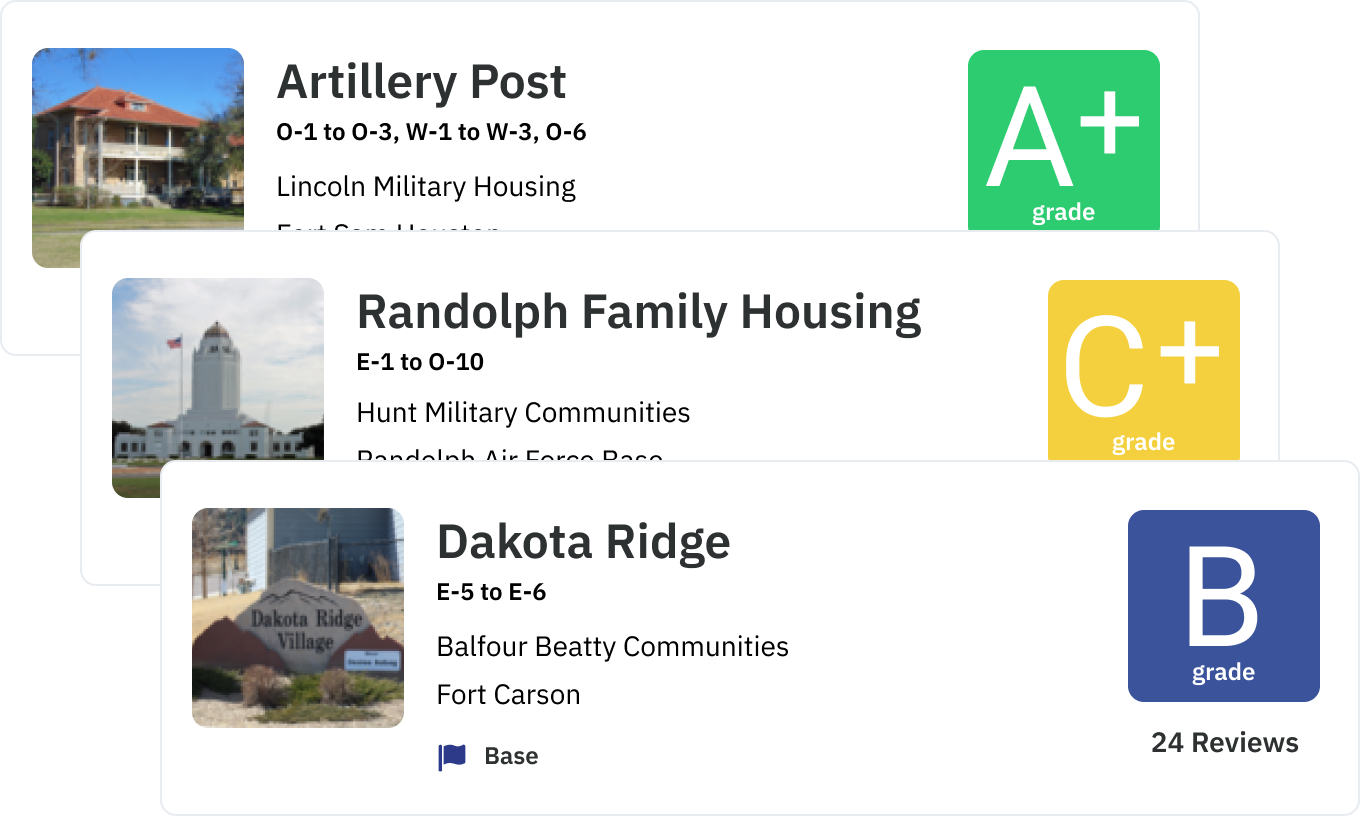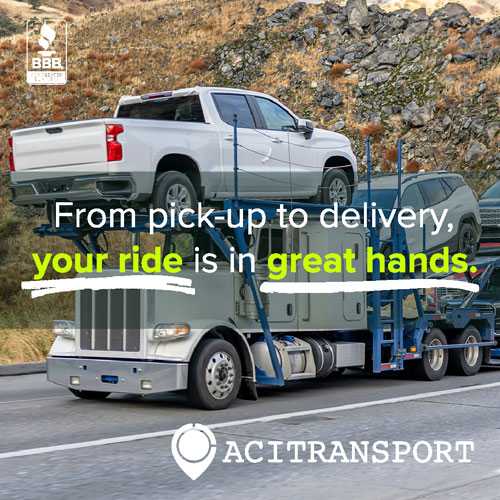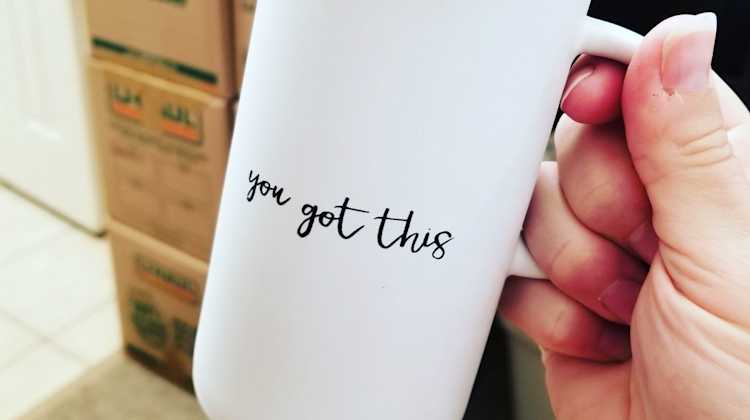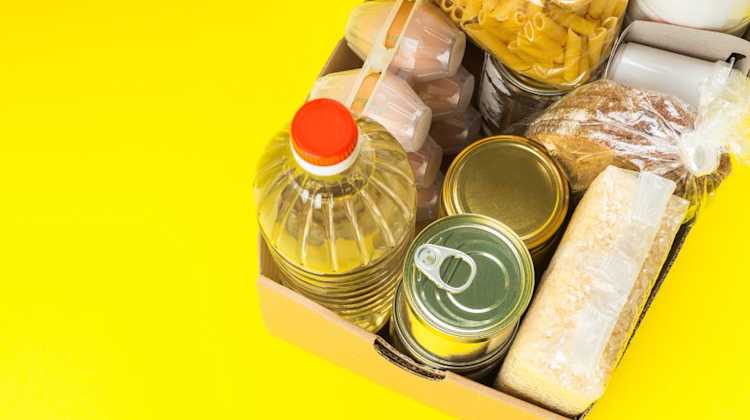Military PCS Pre-Pack and Preparation Tips
by Lizann Lightfoot - August 19th, 2022
This webinar was produced in 2021. We have updated the information below for 2022. You can also find more PCS pre-packing tips here!
What are the first steps for you when setting up a move?
Besides researching schools, homes, and the local area, once we get our orders, we are working on updating our household inventory. Having your own inventory is so important in any case of a catastrophic loss: fire, storm, vehicle accident, etc. I update it for any newer purchases since the last move, make sure all my high-value items are there, take pictures, etc.
It depends on what you actually own. Some people list every book or every collectible item they have, but you don’t necessarily have to list every piece of clothing. However, if you have name-brand clothing or shoes you may want to itemize them. You could also do general lists of how many pairs of jeans, shirts, shoes, etc. you have. An inventory is helpful if you are claiming any damage or loss after a move. It should show in detail what you actually own.
I also update my PCS binder: take out old copies of PCS orders, hotel reservations, medical records, etc. Then I start adding new records of schools, medical records, dental/orthodontic records, pet records, etc. If I don’t need these older items, I either scan them into my computer for my records, or I get rid of them or shred them. Paper definitely adds up in weight, so scan or shred what you can if you no longer need a hard copy.
After your inventory and binder updates, why do you start pre-packing? Don't the movers handle packing?
Yes, if you do a military contracted move, the movers will come and pack up your whole home. When I say pre-pack, I don’t mean setting up a cardboard box and packing it yourself. To me, pre-packing is prepping my home for the packers. It helps reduce the number of strangers touching your clothing, and helps you not need to re-wash your whole kitchen.
It helps make the packing and unpacking process easier when you organize or group items together. It also helps you see what you have so you can check that essential items are on your inventory.
A PCS purge is just a really good spring cleaning to help clean out your home and get rid of things you don��’t need. Pre-packing is a good way to prepare, clean out, and know what you have.
Let's start in the kitchen. How do we pre-pack in there?
Often times knives are not packed appropriately. You don’t want to be unpacking a kitchen box while knives are falling out on you! Take some plastic wrap and wrap it around the entire knife block so things won’t fall out.
For silverware, either take the items out and put all forks into a plastic bag, or wrap an entire silverware tray in plastic press and seal. Our kitchen tools like spatulas and serving spoons are often more than we need and have to be purged.
If you use the larger Hefty 2-gallon bags, you can put all those utensils or gadgets together. Then they remain together, don’t get lost in a box, and also they will remain clean throughout the move. You can also bag up your “junk drawer” so that things don’t get individually wrapped.
What about washers and dryers?
To prepare a washer and dryer, you should stop washing clothes about a week in advance and disconnect them and dry out the tubes. You can also drop silica packs into the machines (order them on Amazon) and they will absorb any excess water in the machine.
What about office areas? There may be expensive equipment and heavy furniture there.
You’re going to bag a lot of stuff in those areas. The worst thing is to unpack a box full of paper with individually-wrapper paper clips and supplies! Drop pencils and pens into a gallon bag. Small items like staples or paper clips need to go into smaller bags.
There are lots of cords in the office area, so wrap a cord label around the end of each cord, so it is labeled for the device and what everything connects to. We all probably have a tub full of cords somewhere. If you haven’t used those cords during this PCS, this is your permission to go through it and get rid of some of them. You will free up several pounds because you probably don’t even have those devices anymore! Take a picture before you unplug so you know how to set it up later. Then unplug and coil everything neatly before the movers arrive.
The moving company is responsible for anything they take possession of, even if they didn’t pack it. If you have original boxes, leave the electronic items out so everyone can see them and record the serial numbers, then show the movers the original boxes so they can pack them up and get them onto the general inventory sheet.
How do you pre-pack bedrooms and closets?
If you have a bunch of flat shoes, you could put them into 2-gallon bags to keep the pairs together. If you have good sneakers, some people buy shoe storage bags to put them together. If you have boots, cut pool noodles to the correct height, then put a pool noodle into each boot. This will help it hold its shape during the move, so boots don’t get crushed or lose their shape during a move. You can claim boot-shaping fees as a damage claim after a move if they get crushed, but this saves you a headache and shows your movers that you are serious about the quality of your items so they can’t just throw them all into a box.
We all have hanging clothes and coats in a closet. Use a trash bag to come up from the bottom, then gather and tie it around a group of hangers at the top. So if a belt or scarf or something slips off a hanger, it will fall into the trash bag and stay together. You can throw a dryer sheet into the bag to keep things smelling fresh. You can even use color-coded zip ties to help group clothing by person or by season, so you know what to hang where. Then you can quickly get your closet put together.
Movers are allowed to move furniture when the drawers are full, but it may put extra stress on the dresser. If you pre-pack your clothes into a flex tote or plastic tote, then not only does it reduce stress on your furniture, but it also makes unpacking easy because you can just grab a flex tote out of the cardboard box. You can use dryer sheets in these too! Some people use vacuum-seal bags, but moving companies don’t like this because they take on an unusual shape, and if anything pierces the bag during the move, it can damage things.
Kids' toys can be hard to keep together. How do you pre-pack those?
Let’s start with stuffed animals–we never seem to purge enough! Use a trash bag and a dryer sheet, maybe even some silica packets, and this will keep them together and keep them clean so they can stay in the bag until you figure out where things need to go.
For little tiny toys, use Ziploc bags. Barbie accessories, Legos, etc can all go into Ziploc bags. Even large toys like a Barbie dream house or remote control cars can go into large stand-up Ziploc containers. This makes things quicker, easier, and cleaner for the packers. And it lets you unpack quickly so they can get the cardboard box out of your home faster.
When you buy your own packing materials, they can be tax-deductible because they are not reimbursed by a personally procured move (also called a DITY move). However, if you do a military move and it is a reusable tote, it is not tax deductible. But a cardboard box or one-time use Ziploc bag can be claimed for anything the military did not reimburse you for.
We interviewed a tax professional on a webinar, and she answered this question better.
Do you pre-pack differently for an overseas military move?
The prep process is similar for organizing and packing your house for an overseas PCS. But the main difference is that overseas moves can have multiple shipments (Express or UAB, Long-term Storage, and HHG) so it may be helpful to go through the house and use colored tape to mark items for different shipments.
How do you pre-pack the garage?
First of all, you have to purge your garage. We put a lot of things in there that are broken, and we no longer need. If you are short on time, purge your garage, your kitchen, kids’ toys, and closets. There is probably a random catch-all area that needs to be cleaned out.
Then try to divide it into categories. If you have a bunch of outdoor toys, use giant bags or storage containers to group them together. If you have a lot of cords, use zip ties to coil them neatly and keep them together. Tools and sets of tools can be stored in hard tuff boxes or gorilla boxes. These are a perfect place to gather all the tool sets so they are in one place and container. This is sturdy enough to keep them from being crushed, and you can place a lock on them to secure tools during the move.
If you have shelving, let the movers take it apart, because then they are required to put it back together on the other end. If there are pieces, use a baggie labeled with a Sharpie so you know what furniture it belongs to, and then put it into the parts box.
How will a final transition move be different from another PCS?
Separating is a little different from retiring because if you do less than 20 years, you will only be moved the distance to your home of record. If you choose to go somewhere else, they will complete the move, but you will pay for the mileage over the distance from your home of record. If you are retiring, you can generally go anywhere CONUS, and that move is covered. There are a few entitlements like DLA (Dislocation Allowance) that you don’t receive if you are doing a transition move rather than a retirement move. It is never too early to start thinking about what happens after military service and deciding where to move.
Do you use extra labels when the government movers pack you?
The movers should label each box with your last name, the room of the house, and a general description of contents. You can always go back with a Sharpie to add more description. I like to use a stamp with my name, my contact info (a phone number or email) and stamp it onto every box after the movers are done with it. Then after your move is done, be sure to cover that info with a Confidential roller stamp to protect yourself and conceal the info.
You can also use colored labels for each room, and then place a colored label on each box that will belong in that room in the next house. This helps to direct the movers so they know where each box belongs. You can also print out a list on moving day that lists the major pieces of furniture in each room, so the movers can tell where to put the white twin bed, the black bookshelf, etc.










